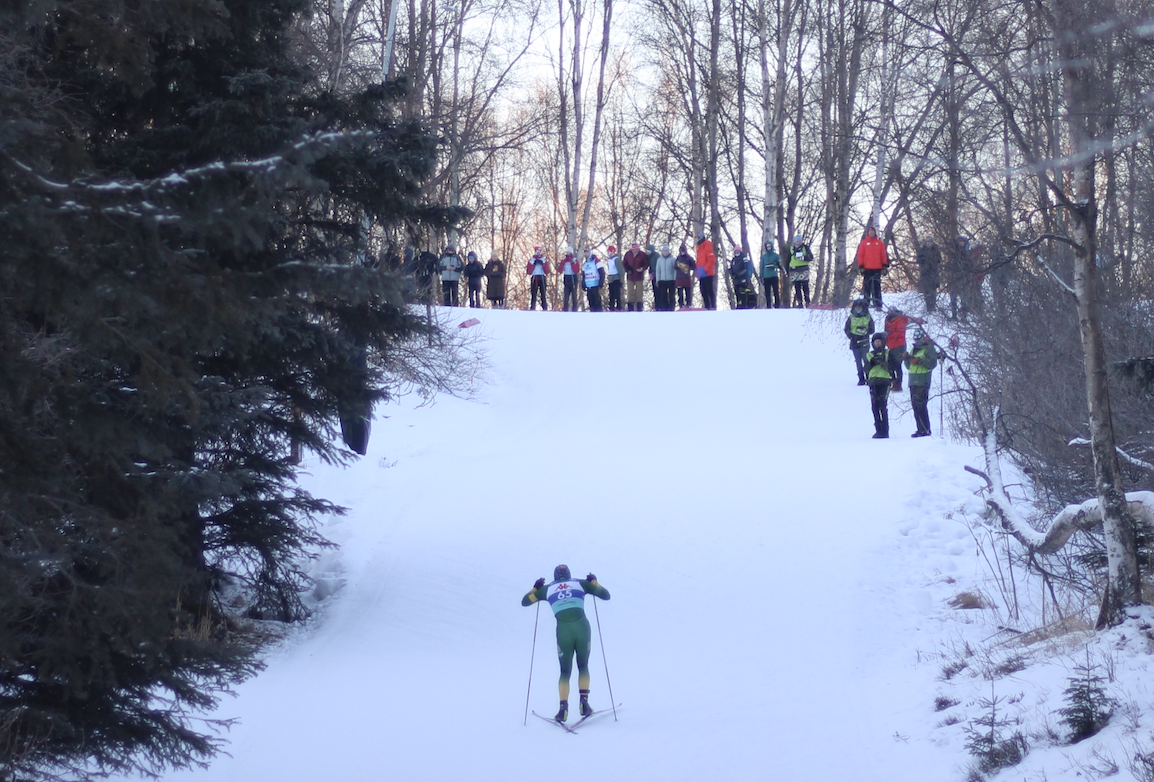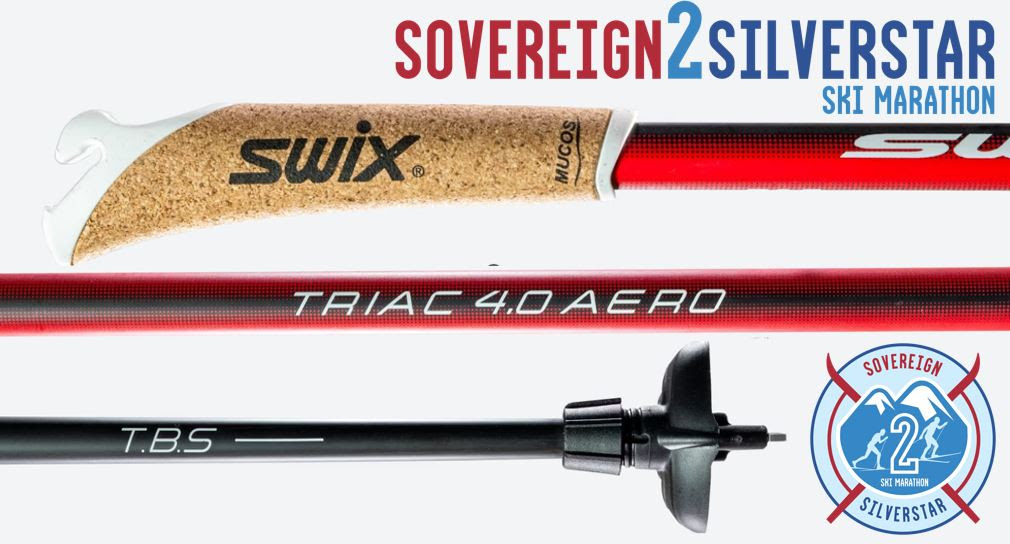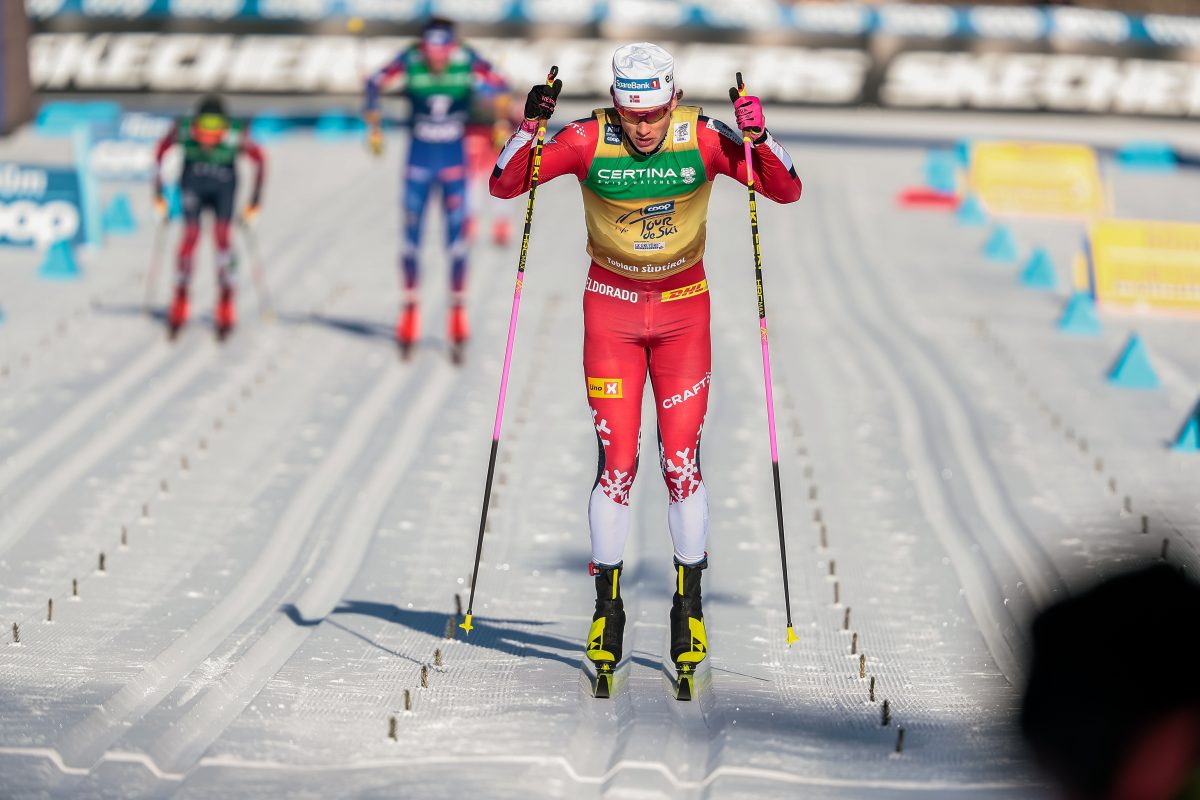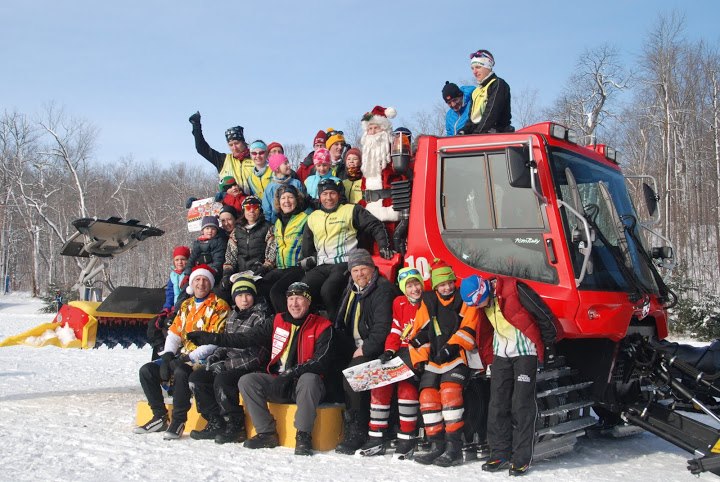
As the winners of this year’s Kraft Heinz Project Play $250,000-dollar grand prize, Nakkertok Nordic — a nearly 50-year-old cross-country ski club based in Cantley, Quebec — already knows where the money will go. Earlier this month, the club learned that it had been voted the winner over 819 other nominations across 550 Canadian cities, and plans to invest in a snowmaking system and improving the area’s 75-kilometers of trails.
One of four finalists, Nakkertok earned the most online votes (out of a total of 900,000) in an two-day period. Second, third and fourth place each received $20,000.
“It was absolutely thrilling,” Jennifer Tomlinson, a longtime club volunteer and Nakkertok’s former race-program director, said of the grand-prize win to the local CTV Ottawa. “Over-the-moon excitement for everybody and a complete surprise.”
Since the majority of Nakkertok’s support stems from community volunteers, $250,000 dollars also allows the club to focus future fundraising efforts elsewhere. Nakkertok Nordic President Robert Hornung further explained that purchasing snow machines benefits the program beyond getting a head start on snow.
“It will enable skiers to get on snow earlier, lengthen the ski season, and improve the quality of snow conditions throughout the season for both competitive training / racing and recreational skiing,” Hornung wrote in an email. “It will also enhance our ability to continue to host major cross country skiing events like the Eastern Canadian Cross Country Ski Championships and opens up the possibility of hosting races at our facility in December. In addition, the investment will provide new opportunities for the use of our facility on a four season basis.”
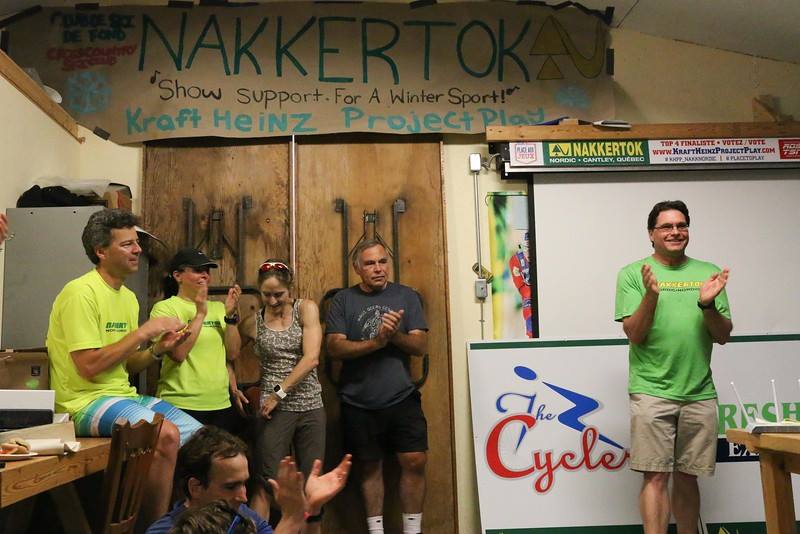
A volunteer member to Nakkertok Nordic since she was 8 years old, Tomlinson indicated that the club could have the snowmaking system installed by the change of the seasons.
“We had planned on doing fundraising and building towards snowmaking, but this allows us to establish it in, like, a snap,” Tomlinson said on the phone. “We can get it done this fall.”
Tomlinson, who also volunteer coaches for Nakkertok, pointed out that much of this would not be possible without those who are a part of the community and even those outside it.
“That this couldn’t have been done without the contribution of, quite frankly, the whole cross-country skiing community across the country,” she said. “We had support from coast to coast to coast and then even people who were traveling even outside the country were voting for us.”
Established in the early 1970s by three families intent on creating a local ski program and trail system for the area, Nakkertok has grown over the years from a few families to over 1,400 members. The club has a Learn-to-Ski program as well as a racing program and adult development program. Much of the program’s growth is attributed to the club’s culture.
“I think that model has worked really well for us because as we’ve grown, we’ve built our strengths through the membership and the investment people have personally, not just financially,” Sue Holloway, a volunteer coach whose mother served as the program’s first president, said on the phone.
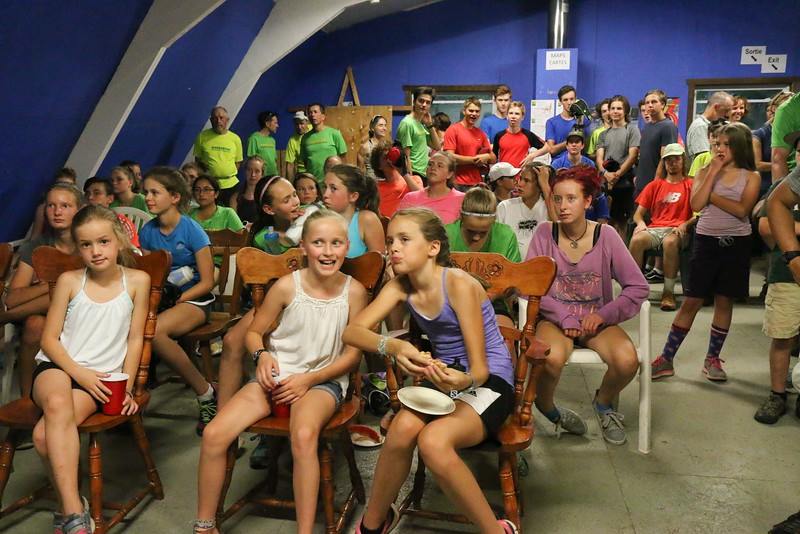
“They don’t just belong, they contribute,” she said of Nakkertok’s volunteers. “You know, ‘I made that trail or I made that cabin,’ so you really feel a sense of ownership, which makes us a strong club.”
The culture Holloway described members of the club as having was a sentiment Tomlinson echoed.
“There is no unique circumstance that says you can buy your way out of doing your volunteer commitment,” Tomlinson said. “The expectation is that every adult member will do two days of volunteer work and if you’re in the racing program, every adult member will do six days of volunteer work. … It breathes the give-back model too. The kids see the effort and the contributions, and we build the expectation that the kids, regardless of how old they are, are going to contribute by helping to maintain trails, whatever it may be.”
The “give-back model” Tomlinson describes is evident in ski racers like Katherine Stewart-Jones, a former Nakkertok racer currently skiing for the national development centre in Thunder Bay, Ontario. Once a member of Nakkertok’s Jackrabbit program, Stewart-Jones, 21, now finds herself a volunteer for it.
“I had a training camp near my house actually and I went home after and I was only there for four days, but I made sure to go to practice and help out,” Stewart-Jones said on the phone. “I even gave a talk to the younger group.”
As winters become more mild, Stewart-Jones, a three-time Junior World Ski Championships competitor, sees the investment in snowmaking machines a smart one.
“We’ve had a lot of trouble in the past couple of years. I went home for Christmas for, like, six days and I just remember it was Christmas Eve and I was rollerskiing,” she said. “That’ll be super cool to have [a snow-making system].”
With $250,000 added to this year’s budget, the Nakkertok community was above all, appreciative to the support they received in order to win the overall award.
“Votes were coming in from Norway and all over Canada, the U.S. and Europe,” Holloway said. “We’re pretty proud of that. And that again just speaks to the breadth of the community. We were really appreciative of everyone, not just in the area, but across Canada and literally across the world who jumped onboard and gave a us a hand to make it happen.”
Gabby Naranja
Gabby Naranja considers herself a true Mainer, having grown up in the northern most part of the state playing hockey and roofing houses with her five brothers. She graduated from Bates College where she ran cross-country, track, and nordic skied. She spent this past winter in Europe and is currently in Montana enjoying all that the U.S. northwest has to offer.

